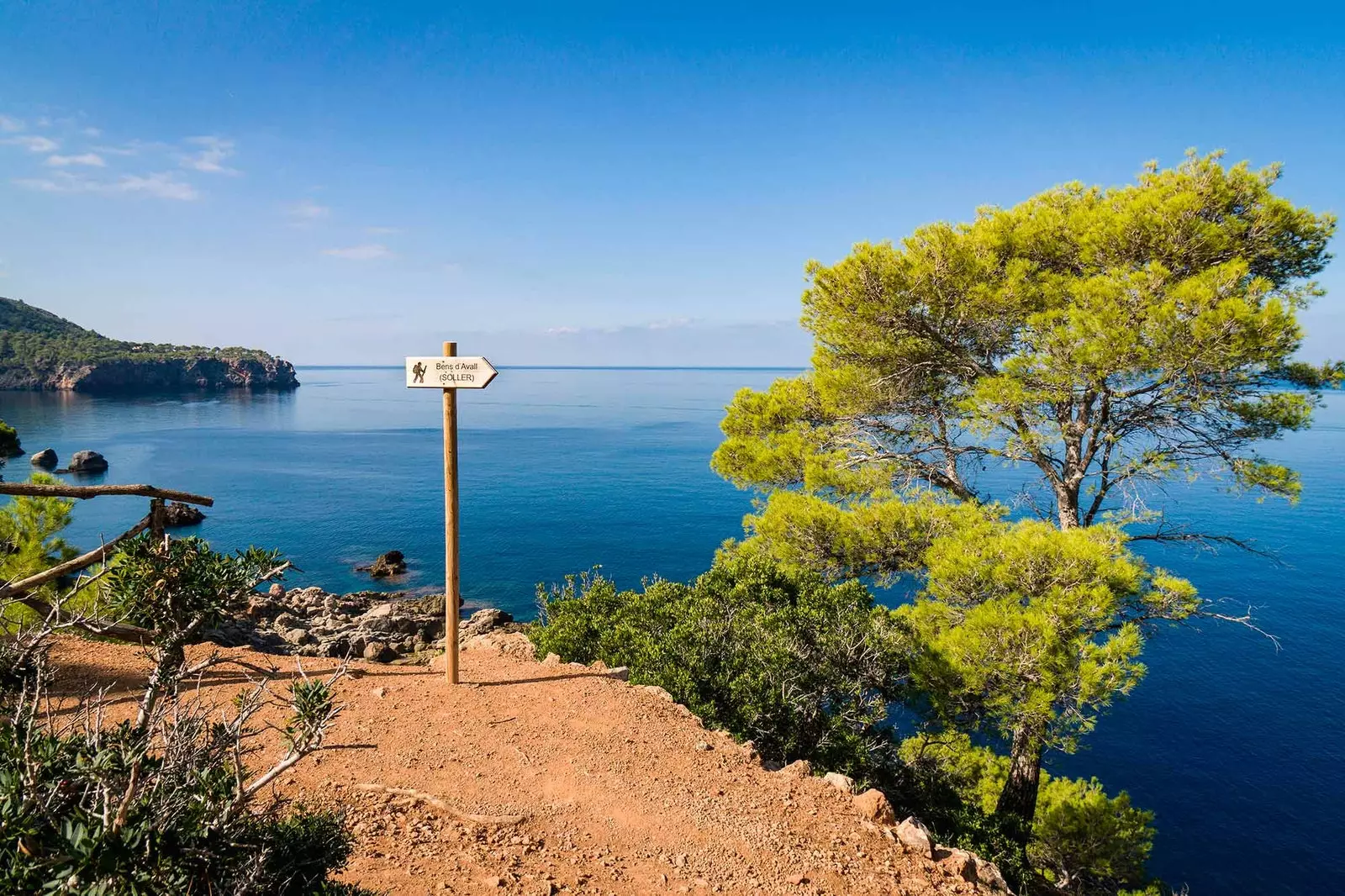
Tramuntana step by step
Like the yellow brick road from The Wizard of Oz , but in a more rustic and worldly version, the dry stone route takes us to the fabulous world of the Tramuntana mountains , where echoes of legends, epic landscapes and the last virgin traces of this Mediterranean ecosystem.
This route takes advantage of the old roads that connected the ** towns of the Majorcan mountain range **, which runs through all the west coast of the island. Today it offers 171 kilometers of marked trails, ranging from Andratx south of the mountains to Pollensa , To the northeast.
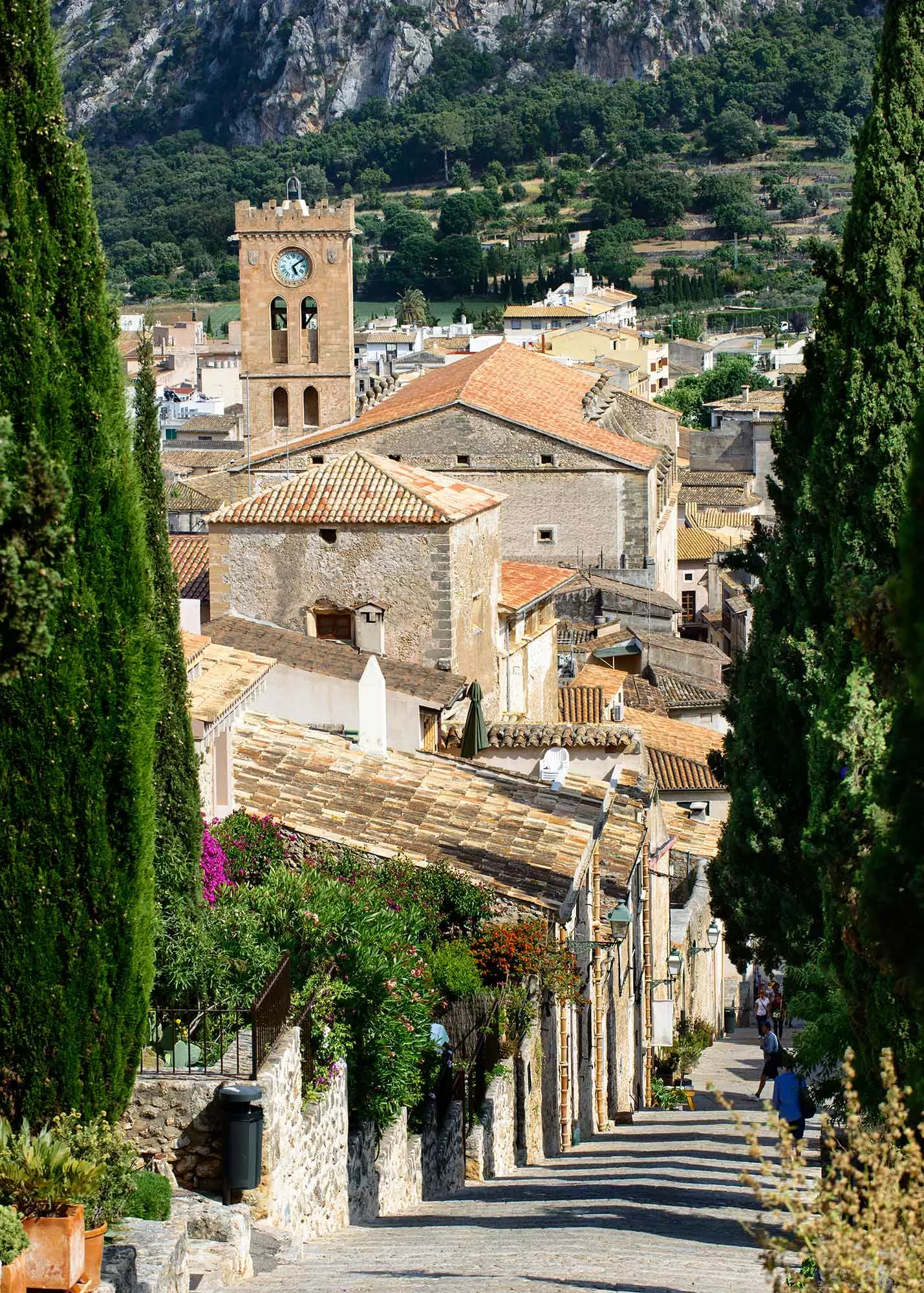
Pollensa
the complete itinerary traveled in six days with a daily average of five or six hour hike. At the end of each section there is a shelter where you can stay. Among the Majorcans it is very common to do it in parts , in this way the logistics are simpler and It requires less physical condition.
the dry stone refers to a typically Mediterranean construction technique that consists of placing one stone after another without any type of cement or mortar (marges in Majorcan) , forming terraces that allow to gain space for crops to the abrupt Majorcan geography. This technique is also used for the construction of walls and even houses.
IMMERSION IN THE MYTHICAL MALLORCA
The route is a perfect excuse to immerse yourself in a hidden and wild Mallorca, far from the cliché of sun and beach, a land that seems anchored in time, where people walk leisurely with a wicker basket buy seasonal vegetables and fruits.
A mythical land where falconry with eagles is still practiced to hunt mountain goats, where every year the residents of a town Half Moors and half Christians dress up , recalling the defeat of the pirates back in 1561.
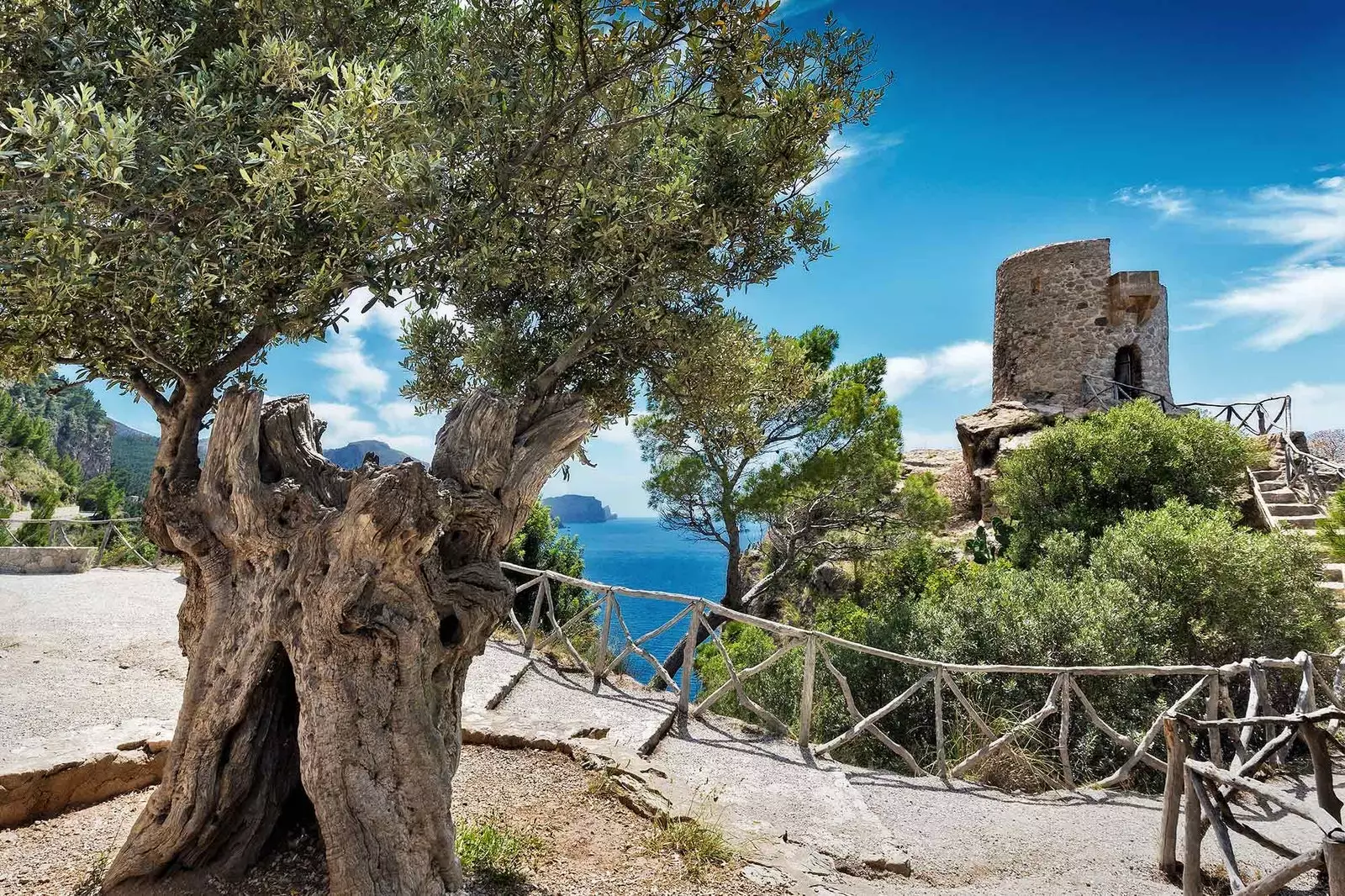
Banyalbufar
A land where on the night of San Juan men and women dressed as demons dance until dawn with fires and tridents. The Mallorca that does not appear in the tourist guides.
All roads lead to Rome but let's start with Banyalbufar . It is a tiny little town of a few hundred inhabitants that comes face to face with the immensity of the Mediterranean , surrounded by an epic system of stone terraces as a Roman amphitheatre.
In the vegetation of the area prevail the Mediterranean pines and ancient olive trees , which resemble living sculptures, building a wide green color palette . Through its narrow streets hardly a vehicle can pass. The facades, always whitewashed, They are decorated with flower pots.
A road connects with a simple fishing pier and a tiny gravel beach. The call Camí des Correu , which connects Banyalbufar with spores , plunges us into the dry stone route. It is a journey of about four hours.
In the first section we can enjoy the majesty of the Mediterranean and its turquoise blue , then go into the nature of the mountains , with the presence of fruit trees, holm oaks and Mediterranean pines.
It is enough just to close your eyes a little to perceive an impressionist picture of the landscape. We must not forget that the island since the 19th century it has received a multitude of painters attracted by the atmospheres and landscapes of the island, such as Anglada Camarasa, Joaquín Sorolla or Santiago Russiñol, to name a few.
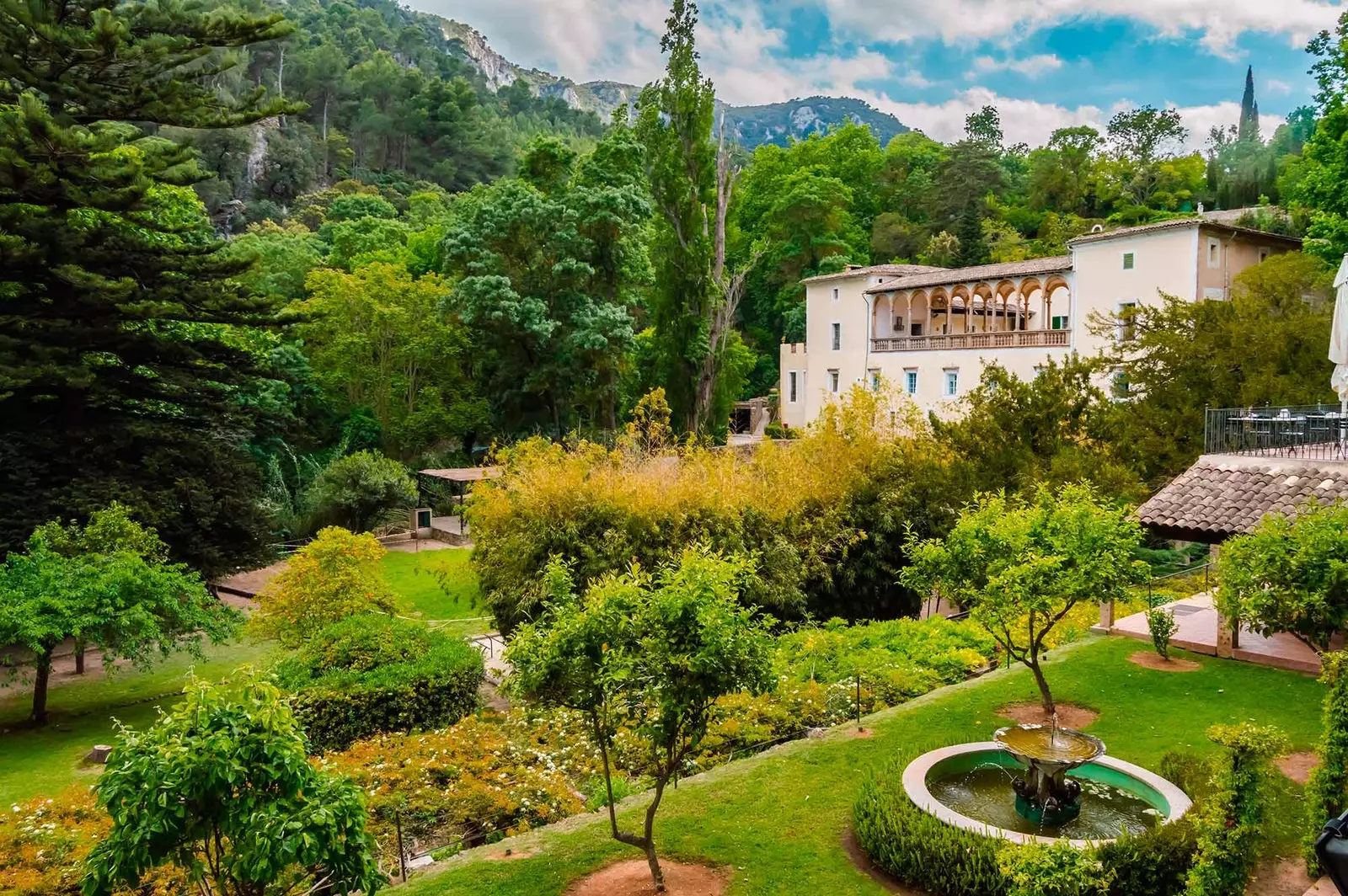
Esporles Farm Museum
The road is totally rural and wild, suddenly it appears a possessió (or old Majorcan house), where the landowners used to live. Currently they are **luxury houses or boutique hotels**.
The wooden signs that guide us and tell us how much is left to reach our next destination: Esporlas.
THE DISCREET CHARM OF SPORLES
Here we find another town with infallible charm. Its proximity to Palm , the capital, has meant that in recent years it has become a refuge for young Majorcans in search of a calmer life.
if you can get there Saturday much better, so you can enjoy the local market and of the famous sobrassada (the pork and paprika sausage that is spread on bread), the bed (another sausage made of lean pork and blood) or the Mallorcan black pork loin.
Just a few minutes from the center of Esporlas is the shelter of Son Trías, where you can rest and gather strength for the next day. Is about an old renovated possessió , with a spacious and modern kitchen, showers and bunk beds.
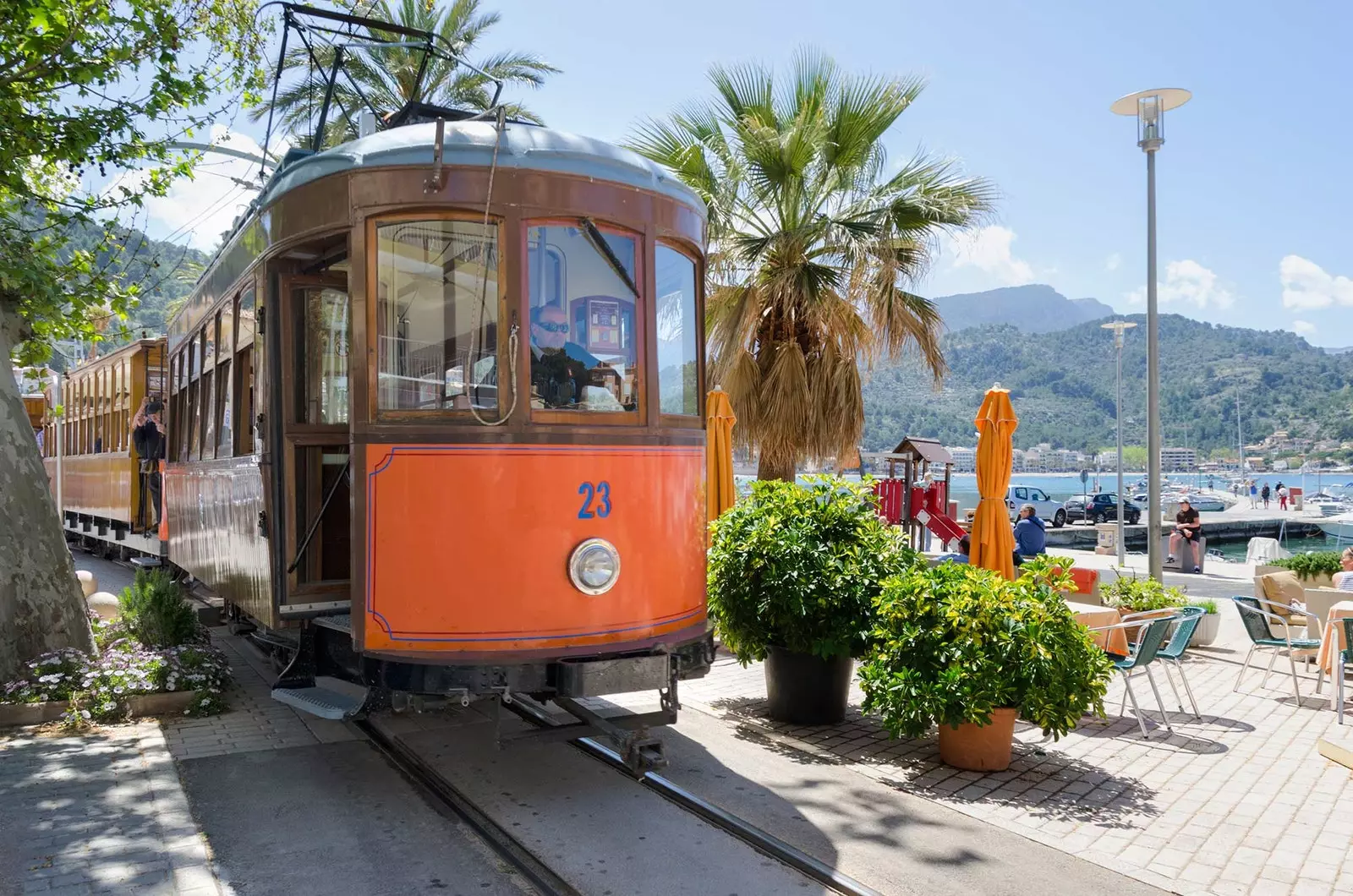
First electric tram in Mallorca
The price is 14 euros per person and night . Although the route does not go far from urban centers, it is important to be well prepared: a minimum of two liters of water per person , food, waterproof jacket (in case of sudden rain), comfortable shoes, a change of clothes and a clear idea of the route to take.
It is advisable to call the shelters beforehand and make reservations, since in high season (the months that go from September to April), especially on weekends, demand is high.
THE PUERTO DE SÓLLER TRAM
One of the most famous routes of the dry stone route is the one that connects the Muleta refuge with the Tossals Verds refuge.
This is one of the most demanding stretches , but also the one that rewards you with the most beautiful landscapes , mainly the Cúber reservoir , which evokes a work by the romantic painter Casper DavidFriedrich.
The first part of the route starts from the Muleta shelter, in Puerto de Sóller, very close to Cap Gros lighthouse , with five-star views for less than 15 euros per night.
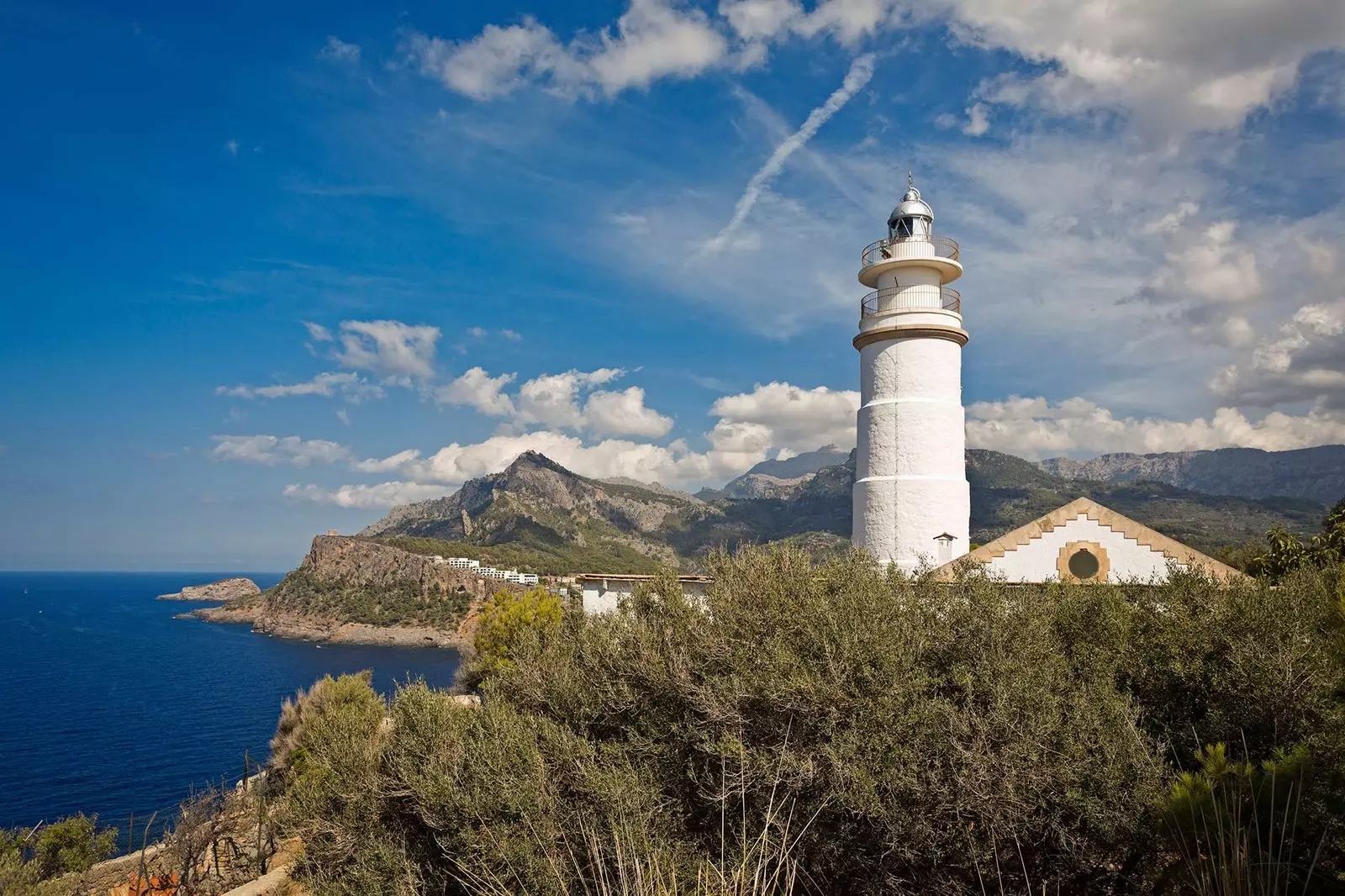
Cap Gros Lighthouse
We leave behind the charming port of Sóller, famous for its French architecture and its tram to line up the Cami de Murter passing through the town of biniaraix , we go up in height and the landscape is intoxicating, with little shepherds' houses and a great presence of olive groves, without forgetting the famous orange trees from Soller.
After about three hours of walking we reach the Cúber reservoir, a landscape of alpine shades, with crystal clear waters -and in winter-, covered by a delicate blanket of snow. One more of the many watercolors that will be sketched on this canvas that is the Tramuntana mountains.
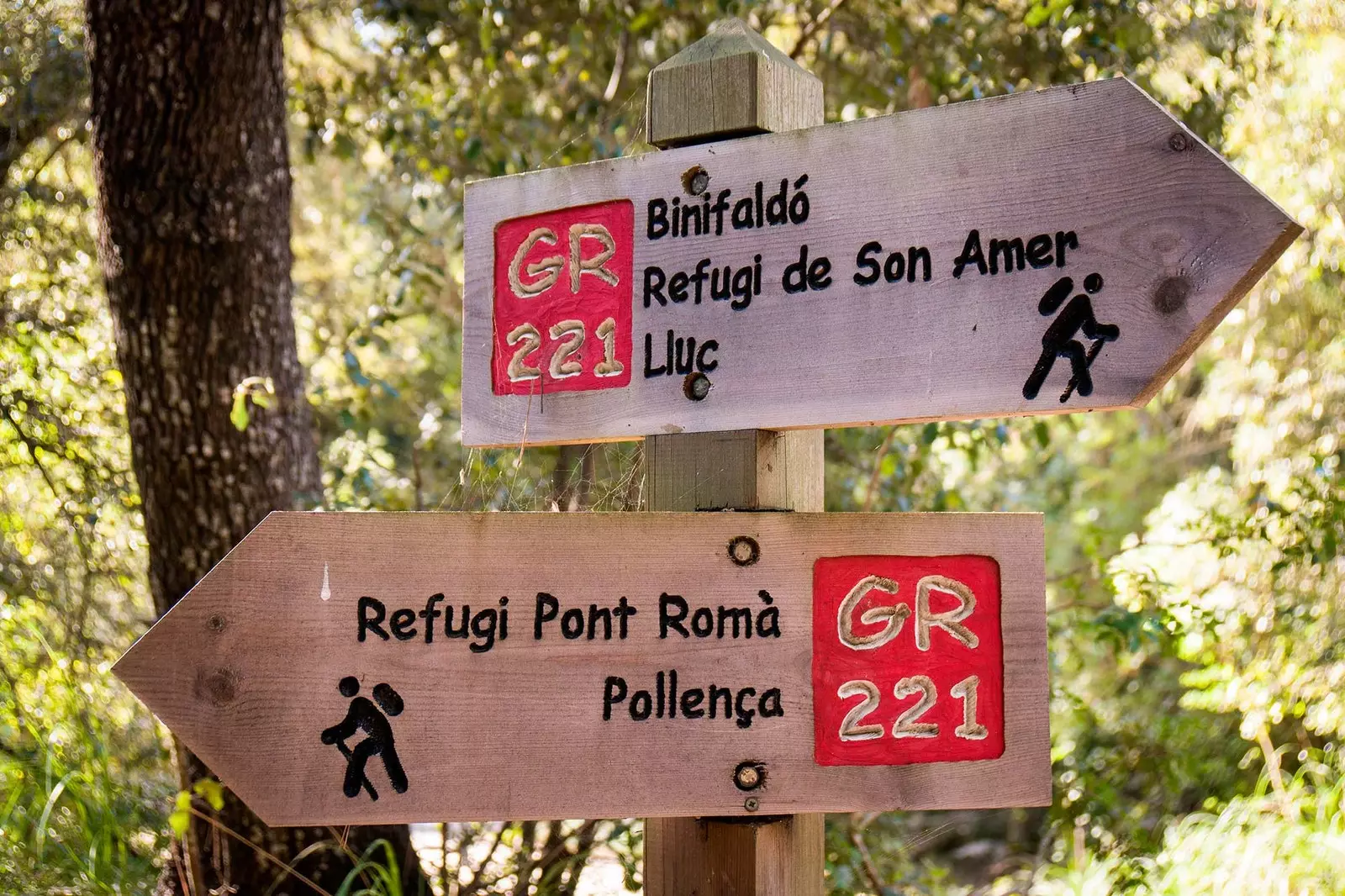
"The path is made by walking..."
